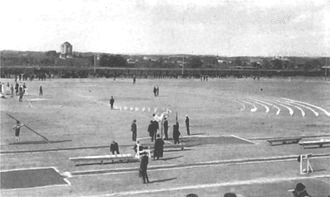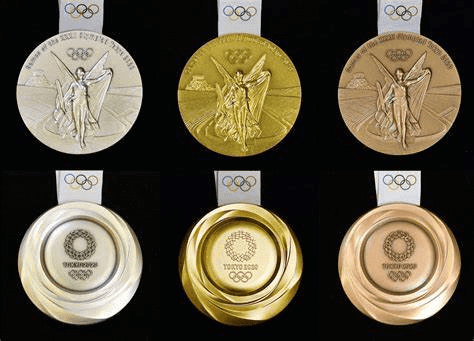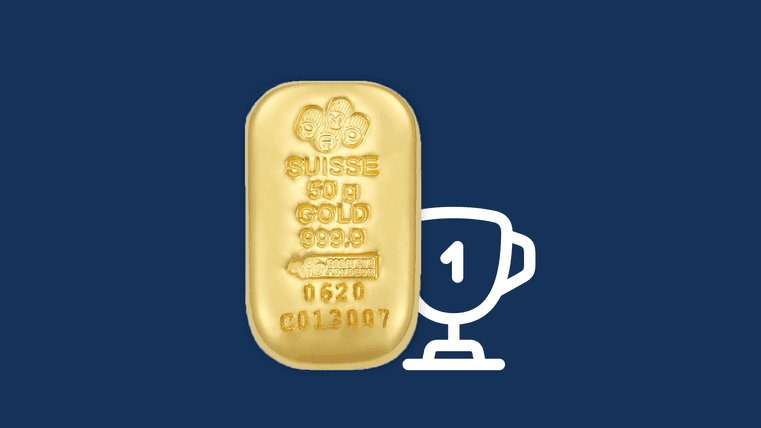Athletes Want Olympic Glory - but are Medals Really Gold?

Olympic competitors dream of topping the podium, the gleam in their eye shining like the gold medal around their neck. But what’s the medals’ history - and are they real gold?





Olympic competitors dream of topping the podium, the gleam in their eye shining like the gold medal around their neck. But what’s the medals’ history - and are they real gold?



